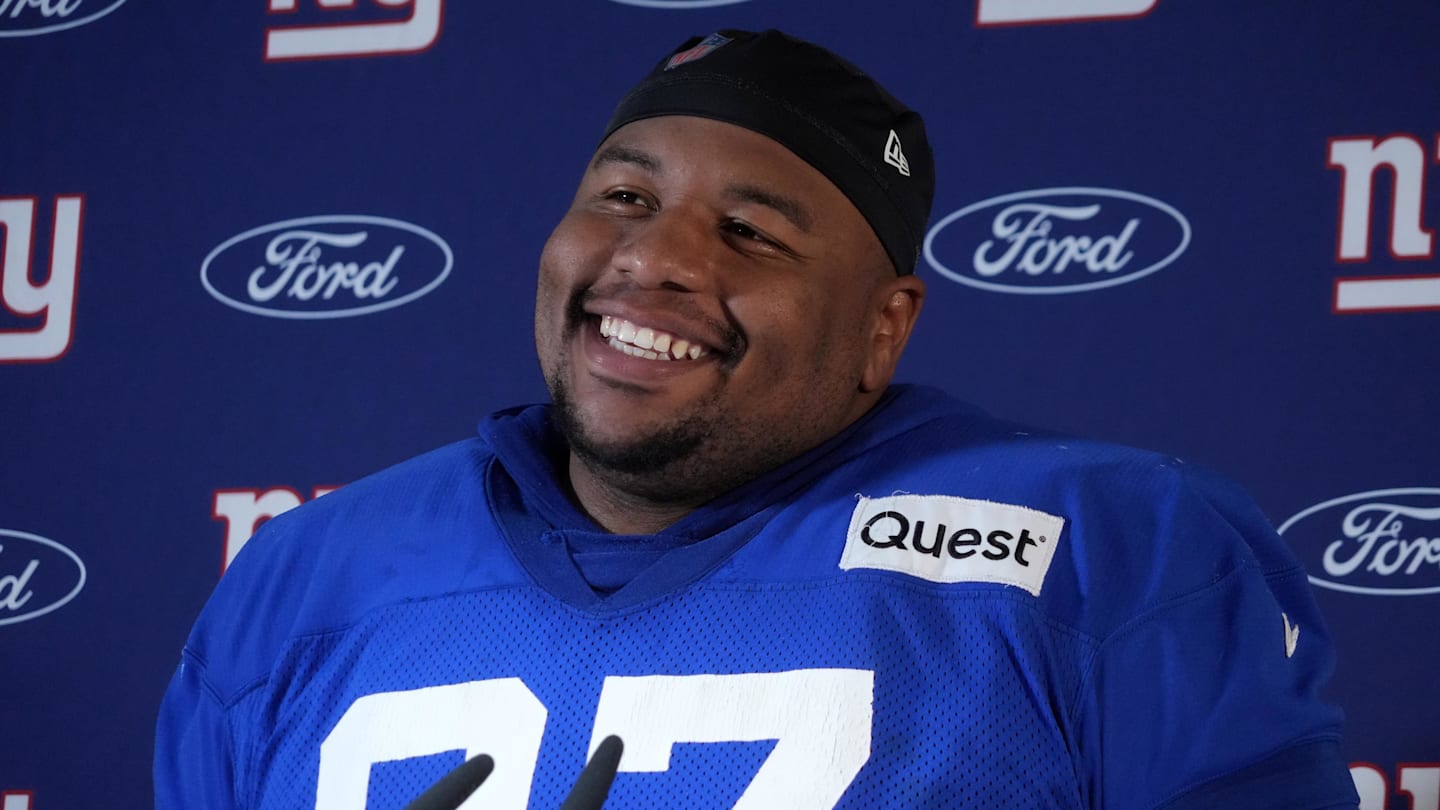The New York Giants, who in 2019 held the sixth and 17th overall picks in that year’s draft, had several glaring needs, among them quarterback and defensive pass rusher.
With the sixth pick, the Giants famously selected Duke quarterback Daniel Jones. This choice angered many fans who were hoping for the team to take either quarterback Dwayne Haskins of Ohio State or edge rusher Josh Allen of Kentucky.
But Jones, who was said to have reminded the Giants brass at the time of outgoing quarterback Eli Manning, was the pick at No. 6, with defensive lineman Dexter Lawrence II being the pick at No. 17.
As is now known, the Giants couldn’t have been more wrong with prioritizing Jones at No. 6. In their redraft, Pro Football Focus corrected the wrong that ultimately set the Giants back and saw them go on an odyssey in which they had nearly six years of inconsistent and subpar quarterback play.
The redraft had the Giants go with Lawrence at No. 6, a move that, given what is known today, wouldn’t have upset any Giants fans. Then at No. 17, he went with center Elgton Jenkins out of Mississippi State, who ultimately fell to the second round where the Packers snatched him up.
Since entering the league, Lawrence has evolved into one of the NFL’s premier interior defenders.
Over the past three seasons, he has posted a 93.4 overall PFF grade, the highest among all interior defensive linemen. His 90.4 run-defense grade ranks second in the league, trailing only Chris Jones’s 93.1.
In 2024, Lawrence earned an 89.9 overall mark, finishing second among interior defenders despite having his season cut short by a dislocated elbow.
Jones’s career tells a different story. His rookie season hinted at promise with over 3,000 passing yards and 24 touchdowns, but sloppy ball handling and injuries prevented him from being a reliable starter.
The four-year, $160 million contract extension the Giants handed him before the 2023 season added significant financial strain on an unreliable play caller. The deal included $92 million guaranteed and a cap that hit north of $47 million for 2024.
The contrast with Lawrence’s financial impact is striking. The defensive tackle is playing on a four-year, $87.5 million contract with $60 million guaranteed in 2025.
His 2024 cap figure is a more manageable $14.3 million — just under a third of what Jones’ hit — and his production has exceeded every dollar invested, unlike Jones.
If the Giants drafted Lawrence at No. 6 in 2019 and passed on drafting Jones completely, they would have escaped one of the biggest quarterback contracts in the league and retained an extra $35-40 million annually in cap room to strengthen the roster elsewhere.
That money could have been utilized to strengthen the offensive line, keep key veterans, or even make a competitive bid on elite skill-position players, even a quarterback.
There’s also a hypothetical twist worth considering. Without a first-round quarterback on the roster, Eli Manning might not have retired after the 2019 season.
Had Jones not been on the bench, Manning may well have returned for another season, giving the Giants additional time to secure a more successful long-term replacement, plus with the second of their two first-round picks, the Giants would have had a solid piece to their offensive line.
That additional year could have opened the door to the 2020 or 2021 draft classes, which featured quarterbacks such as Joe Burrow, Justin Herbert, and Trevor Lawrence. Instead, the team rushed out and hitched its wagon to Jones early, and undoing that action has cost the team both financially and competitively.
PFF’s redraft is more than a critique; it’s an analysis of how franchises can maximize value by balancing positional need against long-term return. Lawrence has delivered elite play on a rookie deal, justified his extension, and anchored a defense that is starting to make an impact in the league.
Jones has provided a much-needed post-season appearance for the Giants, but since then, his production has not matched his draft position or contract.
If the Giants had prioritized Lawrence at No. 6, they might have avoided the reputational and financial fallout that came with their quarterback gamble.
They could have framed their 2019 draft around a defensive identity built on one of the league’s most complete interior defenders while preserving the flexibility to solve their quarterback question at the right time rather than rushing to what they thought would be a long-term solution.
Every draft choice creates ripples for years to come in the NFL. That kind of foresight is often the difference between a brief playoff run and sustained contention.
What happens next with the NY Giants? Find out! Follow and like us on Facebook. Visit our YouTube channel for the latest videos. Want to send a question in for our mailbag? You can do so here.
